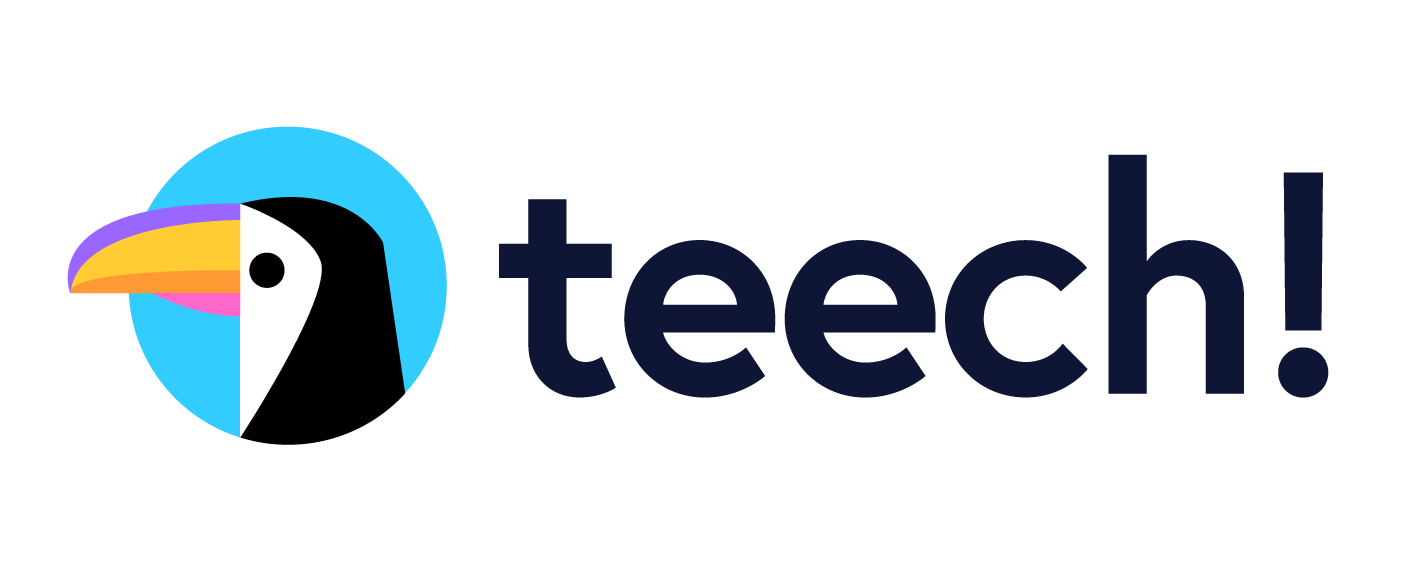What does an LMS mean?
A learning management system is a software-based or SaaS platform that supports the administration, automation, and delivery of educational courses, training programs, or learning and development programs. In short, it helps you deliver training materials to various audiences – think everything from to online courses, to real-time instruction sessions. What’s more, most systems nowadays can even be accessed via smartphone.
The powerhouse of a complete learning technology solution, an LMS operates best when it’s scalable and flexible to the various needs of your learners. It’s also a fundamental component of an effective learning strategy.
Learning management systems are used to deploy a variety of learning strategies across different formats, including (but not limited to ) formal, experiential, and social learning, to manage functions such as compliance training, certification management, and sales enablement.
The best LMS says “you want it, I got it” (well… actually, we’re still working on the genie functionality to give you the ultimate user-friendly experience).
E-learning and webshops overall have also evolved into larger-scale revenue generators for the extended enterprise by addressing training needs and strategically motivated learning outcomes (we mean business).
It doesn’t stop there.
New advancements in learning technology have helped to support evolving training needs and have basically revolutionized the e-learning space. More advanced learning software applications now provide improved data collection activities and support activities such as mobile learning and gamification to help achieve greater engagement, boost productivity, and promote continuous learning and upskilling (honestly, do you even need a genie anymore?).
Online training platforms, such as Docebo Learn LMS, go beyond basic LMS functionality with features such as social learning, upskilling and reskilling, extended enterprise, and more. This can be done by fostering the powers of Artificial Intelligence (AI) in your training platform (That’s right, it’s time to let AI do the heavy lifting for you). Sophisticated AI technology grows to understand each learner’s behavior, and creates unique, personalized learning experiences. The cherry on top is that social learning lets learners consult peer mentors, ask questions, and collaborate.
Research by Brandon Hall Group shows that 54% of organizations that have invested in learning technology have seen improvements in productivity and engagement. Additionally, 91% of these organizations also reported a stronger link between learning and organizational performance.
Let’s break it down:
“A Learning Management System (LMS) is a software-based platform that streamlines the management, delivery and measurement of an organization’s corporate eLearning program.”
Who needs an LMS system?
LMS platforms are used globally, across multiple different industries, and for a variety of different enterprise learning use cases. LMS adoption has been on the rise for the past several years all around the world. You might even say it’s *trending* (buh-dum-ts ). In fact, the global LMS market is expected to grow at a CAGR of 24% year on year, so if you’re not friends with your LMS solution yet, it’s probably time to get acquainted.
Here are two key types of LMS users:
Administrators: These folks are responsible for managing the LMS, which involves a combination of multiple tasks: overseeing course management, content management (creating training courses and learning plans or contacting 3rd party content providers), assigning specific learner groups to specific learning plans, and tracking their learning outcomes and progress.
Learners: Similar to higher education or other educational institutions, your enterprise customers, partners, members, or employees remain on the receiving end of learning initiatives (though, more modern solutions allow contributions from learners as well, similar to Youtube’s user-generated content model).
Learners who have access to an LMS can see their course catalog, complete assigned courses, and any evaluations, and measure their own progress. The best LMS solutions ensure that this access has a streamlined journey and flow (we all like when things are easy to look at) and is on-demand, to make it as easy as possible for learners to get what they need. Learners can be assigned training on an individual basis, or according to their job function, and/or role in a company’s organizational structure.
What is an LMS used for? (LMS use case)
At a very basic level (we like basic in this case ), learning management systems centralize, deploy, and measure learning activities. A state-of-the-art learning management system supports a variety of internal and external corporate use cases, including:
Customer training: Another common LMS use case is for organizations to provide training to customers. This is especially common for software and technology companies who need to effectively onboard users so they can use their product. Ongoing customer training will also provide more value to customers and prevent customer churn.
Partner training: An LMS can also be leveraged to train an organization’s partners and channels (e.g., resellers). This is a great way to enhance your partnership programs and provide more value to partners.
Member training: An LMS is also commonly used to amplify membership value by creating centralized training content and facilitating engagement among your members with digital learning.
Employee onboarding: Perhaps the most common LMS use case is to act as a corporate LMS that supports new employees with their initial onboarding so that they can ramp quickly and start earning their keep around the office!
Employee development and retention: When you find gold you hang on to it and polish it, right? We sure hope so. This common LMS use case is to support the talent management and training and development of current employees. Within the LMS, courses can be assigned to ensure employees acquire the right job skills, are informed about product changes, and are up-to-date on compliance training, to name just a few.
Compliance training: Sometimes we all need a little kick in the you know what to get things done. An LMS is often used to make sure employees receive any mandated training, and manage recurring certification and training programs. This centralized approach mitigates risk and helps to avoid any potential regulatory compliance issues.
Sales enablement: We all love seeing that a deal is “closed/won”. To help salespeople get there more often, an LMS is central to enabling sales at scale by preparing salespeople with the knowledge they need, exactly when they need it. The platform also speeds up onboarding (which is key for sales teams) so that new hires can start selling sooner, and you can retain your top performers.
What are the advantages of an LMS?
There are many benefits and advantages to both businesses and their learners when implementing an LMS.
Top benefits (music to your ears ):
- Reduce learning and development costs
- Cut down training/onboarding time for employees, customers, and partners
- Leverage AI to free up time for L&D administrators
- Maintain compliance
- Track learner progress
- Measure how learning impacts organizational performance
Top benefits for learners (music to their ears ):
- Increase knowledge retention
- Acquire skills and knowledge required for career advancement
- Improve performance


